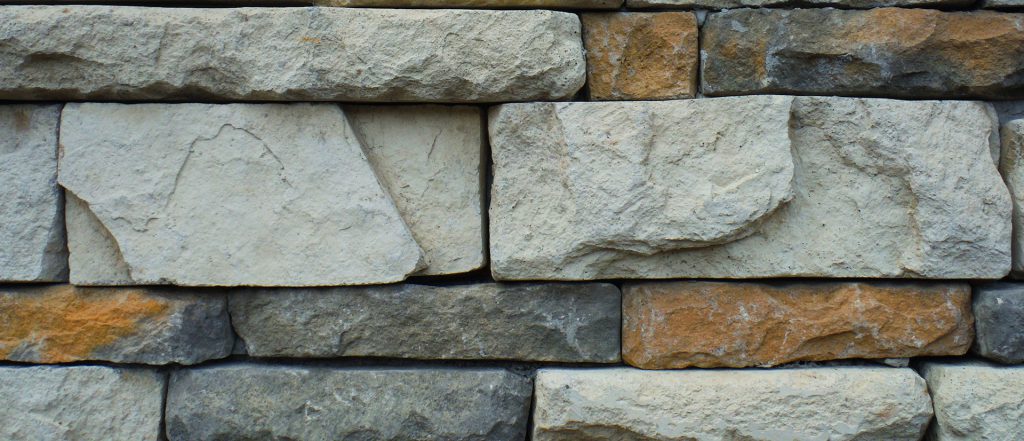
Common Masonry Problems Homeowners Have
Even the strongest masonry walls aren’t immune to the effects of time, moisture, and movement. From minor staining to structural cracking, each sign of deterioration tells a story about what’s happening beneath the surface. Recognizing these issues early can prevent expensive repairs down the road and protect your property’s long-term integrity.
Below are 10 common masonry wall problems every property owner and facility manager should know.
1. Interior Water Leaks
If you notice water stains above windows or where lower roofs meet masonry walls, chances are you’re dealing with interior leaks. These often occur when flashing or sealants fail, allowing rainwater to enter and travel behind the masonry. Left unchecked, this moisture can lead to rot, mold, and interior damage.
2. Efflorescence and Staining
White, chalky deposits on brick or stone—known as efflorescence—often appear shortly after construction or heavy rain. This happens when soluble salts within the masonry dissolve in water and migrate to the surface. While often cosmetic, efflorescence can signal ongoing moisture infiltration.
3. Condensation and Mold
When condensation forms inside wall systems, it can lead to mold growth, gypsum wallboard damage, and deterioration of plaster or wood components. Masonry walls that trap water or allow it to run down their face hold moisture for extended periods, increasing the risk of internal decay and health hazards.
4. Vertical Cracking at Corners
Straight, vertical cracks at wall corners typically indicate missing or ineffective expansion joints. Without proper expansion space, masonry has nowhere to move as it expands and contracts, leading to stress cracks that can let in water and weaken the wall structure.
5. Bulging and Spalling at Shelf Angles
When expansion joints below shelf angles are blocked or missing, clay masonry can bulge outward or flake apart. This “spalling” often results from trapped moisture and thermal movement that push the wall beyond its design tolerances.
6. Stepped Cracking
Stepped cracking—visible as a stair-step pattern along mortar joints—is a telltale sign of foundation settlement or deflection. As the underlying structure shifts, the masonry follows, creating fractures that compromise both appearance and stability.
7. Corrosion
Metal ties, anchors, and reinforcements embedded in masonry can corrode when exposed to moisture or when protective coatings are inadequate. This corrosion leads to cracking, shifting, and in severe cases, wall failure. Proper galvanizing and waterproof detailing are essential for long-term performance.
8. Freeze/Thaw Deterioration
In colder climates, moisture trapped in masonry expands as it freezes, causing cracks and surface flaking. Poorly mixed mortar or bricks rated for moderate weathering used in severe exposures accelerate this damage. The result: costly, recurring repairs every winter cycle.
9. Tolerance Issues
Masonry walls built out of tolerance—whether from poor craftsmanship or lack of supervision—can cause serious aesthetic and structural problems. Even small deviations can interfere with flashing alignment, joint spacing, or veneer attachment, leading to premature system failure.
10. Wind Load Failures
Though rare, wind-induced collapses are among the most catastrophic masonry failures. During construction, unbraced walls are particularly vulnerable to high winds. Proper temporary bracing, designed by a structural engineer, is critical to preventing property damage and injury.
Protect Your Building Before Problems Spread
Masonry issues often start small—stains, cracks, or minor leaks—but can escalate quickly if ignored. Routine inspections, moisture management, and professional maintenance are the best ways to protect your investment.
If you’ve noticed any of these warning signs, don’t wait. Contact a qualified masonry or building restoration specialist to evaluate your structure and recommend solutions before small issues turn into major repairs.

